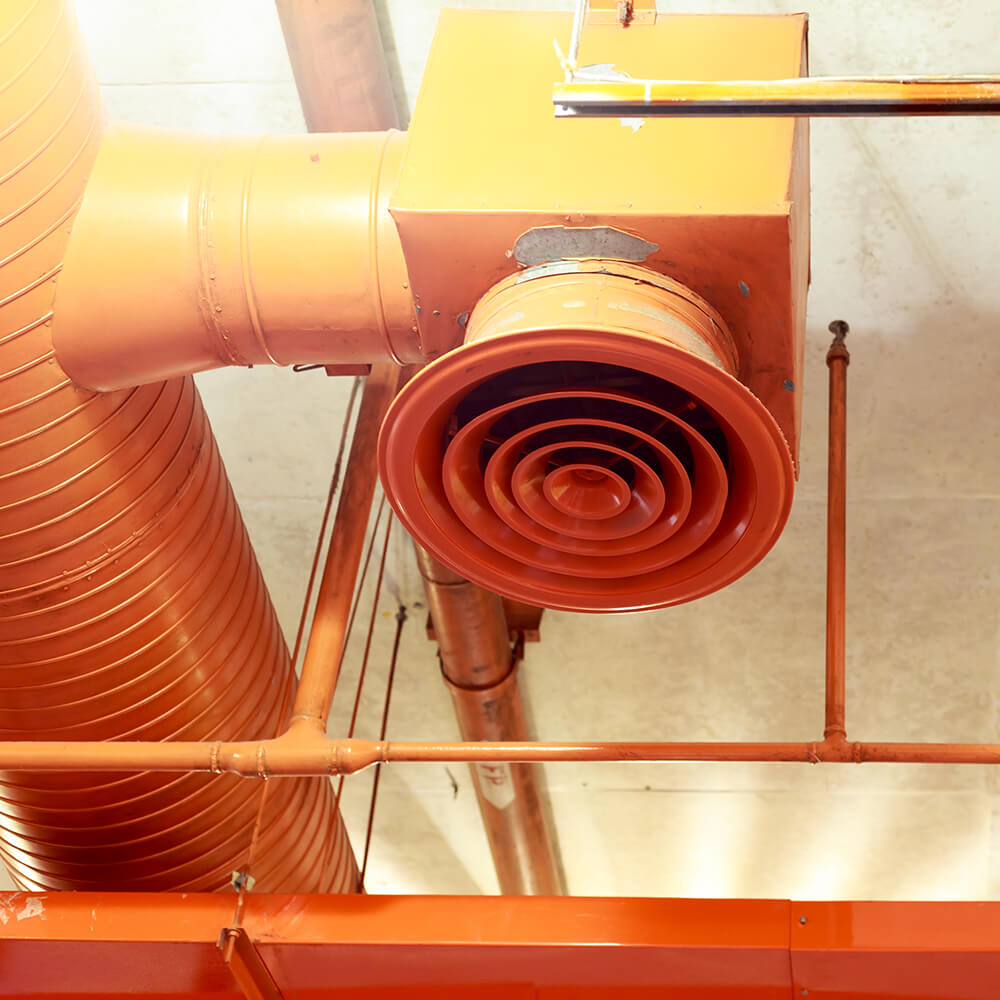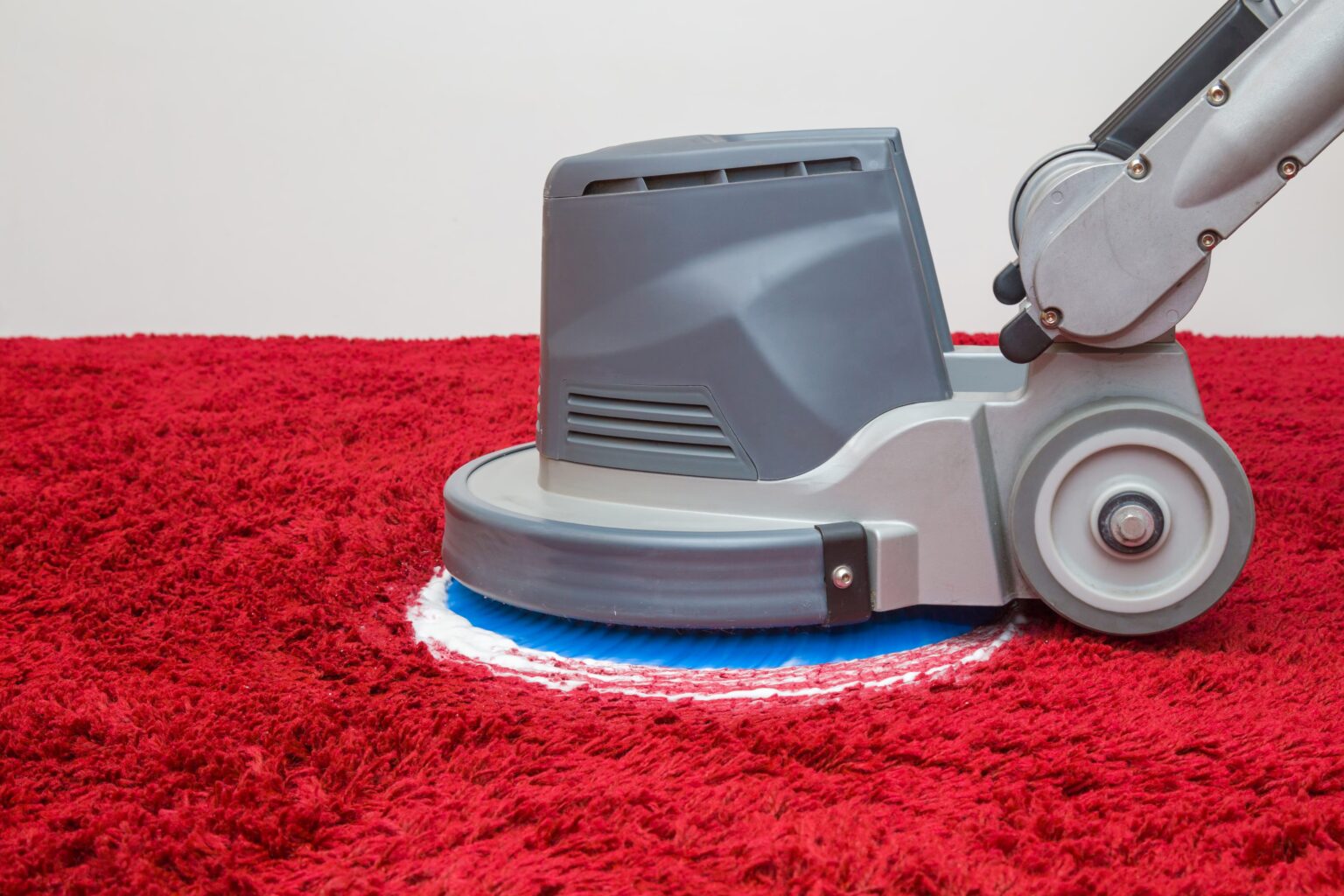Key Takeaways
- Discover the essentials of making a traditional Italian focaccia, including key ingredients and baking tips.
- Learn step-by-step how to prepare and bake focaccia that gets you perfect texture and flavor every time.
- Explore variations in toppings to customize your focaccia for any occasion.
- Understand the importance of fermentation and hydration in dough preparation.
- Get expert advice on troubleshooting common focaccia baking problems.
Focaccia, a traditional Italian bread, is celebrated for its crispy crust and airy, soft interior. This savory bread is versatile in its simplicity, acting as a canvas for an array of toppings like rosemary, salt, and olive oil. Crafting the perfect focaccia may seem daunting, but with the right guidance, you can bake a masterpiece that would make any Italian grandma proud. This article breaks down the process into manageable steps, ensuring that your focaccia recipe yields delicious results every time.
1. Gathering Your Ingredients
The key to an excellent focaccia lies in the quality of its ingredients. Here are the essentials you’ll need:
- Flour: High-quality bread flour is ideal because of its higher protein content, which enables the dough to rise better and creates a pleasing chewiness.
- Water: The hydration of your dough is critical; lukewarm water activates the yeast more effectively.
- Olive Oil: Extra-virgin olive oil adds authentic flavor and helps achieve that characteristic crisp crust when heated in the oven.
- Yeast: Active dry yeast is perfect for its reliable performance; remember to check the expiration date for best results.
- Salt: Salt enhances the flavor of the bread and regulates yeast activity, preventing it from rising too quickly.
- Toppings: Classic focaccia toppings include rosemary, coarse sea salt, and cherry tomatoes, but feel free to get creative based on your preferences.
Once you’ve assembled these ingredients, you’re ready to start making your dough.
2. Preparing the Dough
The dough is the foundation of your focaccia. Begin by dissolving a teaspoon of sugar in warm water and sprinkle the yeast over it. Allow it to sit for about 5 to 10 minutes until it becomes frothy, indicating that the yeast is active. In a large mixing bowl, combine the flour and salt, making a well in the center. Pour in the activated yeast mixture and olive oil, then gradually incorporate the flour to form a sticky dough.
Initial Kneading
Turn the dough onto a floured surface and knead it for about 10 minutes until it is smooth and elastic. This kneading process develops the gluten in the flour, which will help trap the carbon dioxide produced by the yeast, leading to a light and airy bread.
Fermentation
Place the dough in a bowl and cover it with a damp cloth or plastic wrap. Let it rise in a warm place for about 1 to 2 hours, or until it doubles in size. This first rise, or bulk fermentation, is crucial for flavor development.
3. Shaping and Second Rise
Once the dough has doubled, gently press it down to release any gas bubbles. Transfer the dough to a well-oiled baking sheet or a large cast-iron skillet. Stretch the dough to the edges of the pan and let it undergo a second rise, covered, for another hour, making sure it remains in a warm environment. This step ensures that your focaccia develops its characteristic height and texture.
4. Topping and Baking Your Focaccia
Preheat your oven to 425 degrees Fahrenheit (220 degrees Celsius). Just before baking, dimple the surface of the bread with your fingertips, creating small indentations to hold pools of olive oil. Drizzle additional olive oil over the top and sprinkle with your selected toppings.
Bake the focaccia in the preheated oven for 20-25 minutes until the top is golden and the edges are crisp. The high heat works with the olive oil to create a crispy crust while keeping the inside soft and fluffy.
5. Serving and Storage
Focaccia is best enjoyed warm from the oven. It can be served as a side dish, an appetizer, or even used as the base for sandwiches. Leftovers should be wrapped in foil or plastic wrap and can be kept at room temperature for a day or refrigerated for up to a week. Reheat in an oven or toaster oven to bring back its crispy texture.
Focaccia, with its golden crust and fluffy interior, not only satisfies the palate but also the soul. Whether you’re a novice or a seasoned baker, this focaccia recipe will guide you through creating a delectable Italian masterpiece, ready to be customized with your choice of flavorful toppings.


